Dress Codes: A Dissection of Students’ Self Esteem
November 4, 2021
It’s a hot Friday morning in the middle of summer. You decide to wear a tank top to prevent overheating. When you get to school a teacher pulls you aside and mentions your shirt. “This is inappropriate. You need to at least have an inch thick strap to wear a tank top.” you explain to them you don’t have any tank tops with thicker straps and it’s hot out. They say that doesnt matter and you have to change. They make you put on an old baggy shirt that smells like dust, and send you to class. Now you are late and they didn’t even give you a pass. Not only are you now sweating like crazy but you missed the beginning portion of your class lesson.
Like many others this has happened to them before. Was It because this teacher was super strict? Or did they target you for some other reason? In many instances it’s not just because the teacher is strict.
Dress codes are innately sexist and many teachers target the girls who have more popularity or a skinnier body than others. I’ve seen it myself back in junior high. My friends would wear crop tops because they wanted to look cute and they would barely ever be dress coded, But as soon as one of the ‘popular girls’, as we would call them, wore a crop top with a sweater they would be pointed out almost immediately. As said in the article, ‘Dress codes feed into sexism’ written by Ishara B. a student at ‘Students for social change’, “dress codes signal to young girls that their bodies are sexual”. Children and young adults should not have to be ashamed of what they wear. It’s our job as students and as children to be ourselves and be comfortable in our own bodies. What makes this worse is that students notice when someone gets dress coded and another does not. We are smarter than what they take us for yet they don’t do anything to change. Think for a moment. How does it feel when someone you know that’s really pretty gets dress coded while you wear something similar and get away with it. It goes both ways, and it causes doubts and insecurities.
Dress codes also target the female gender. Although our dress code is more lenient because we are to be trusted adults, we can look at the junior high dress codes and we will see the targeting of females. At Pj Jacobs Junior High and Ben Franklin Junior High, the dress code states, “Clothing items such as backless tops, halter tops, strapless tops, and spaghetti strap tops are not allowed except when worn as layering pieces”. This rule is specific to those who wear these items in which case it would almost always be girls. A statistic that may help to further my stand is from the article, ‘The Issue With Dress Codes’ written by Ary Egan. They conducted a research on teenagers from all over the U.S. and the article states, “81.3% of the respondents stated they knew a female peer that has been dress coded, 3.7% said they knew a boy, 11% said they knew no one that has, 4% said they knew people of both sexes that have been dress coded.” The results of female to male ratio of being dress coded are astonishing. Although, since this was an online poll it can be said that anyone could have participated, but the majority of pollers most likely are students.
Another quote I pulled from the article ‘Dress Codes Feed Into Sexism’ was, “ Dress codes may prevent distracting clothing but it’s not a woman’s job to prevent men from being distracted.” I think this quote is not entirely well said, but gets the point across. A dress code is to prevent distractions of peers yet not many people get distracted from shoulders or a midriff.
This leads into the next topic of distractions and peer views. I interviewed a student named Ian Shelton, A senior at SPASH, who said, “I wouldn’t say I’ve ever been distracted from school as a whole because of anybody elses clothing.” I also asked him his views on the dress code in which he responded with, “ It’s unevenly enforced depending on a person to person basis. Which makes it a little weird and makes a lot of people uncomfortable.” You can see it almost any day here at school. Someone gets dress coded and other people wearing similar things don’t. The dress code is unevenly enforced and we don’t really know if ‘revealing’ clothing distracts our peers. Most of my friends would just applaud someone for being comfortable in their own bodies.
Another aspect of the dress code is that it itself is distracting. Most of us are unbothered by someone else’s appearance but when we are taken out of class because we feel we aren’t distracting anyone, that is distracting. As one of the articles, ‘How dress codes criminalize males and sexualize females’ written by Alyssa Pavlakis and Rachel Roegman, states “when students are disciplined because of how they are dressed, they lose class time — for a five-minute hallway lecture, 20 minutes to search through a bin of “appropriate” clothes to wear, an hour-long trip home, or even a full-day suspension.” At this point a dress code doesn’t seem like it’s there to prevent distractions and conflicts. We need to seriously rethink the rules that have been laid out for us and maybe instead of leaving everything to the hands of the adults, We the students should step in and offer our knowledge and opinions.
In the total calculation of all these facts, we should all cooperate with one another to figure out something that works for all of us. Perhaps we can create a poll for our student body or have a required class that teaches one another to respect each other as people and not just bodies. Another idea we could think about are uniforms. From the article ‘The issue with dress codes’ two students conducted research at a high school nea their campus that recently switched to uniforms and it states, “According to Larry Wilder and Scott Key of Fresno Pacific University, 68% of parents believed that their child was improving academically with the new uniforms.” This might be an option to bring to light. Of course there comes the issues with it like loss of free expression, and who will pay for these uniforms as a majority of our student body are from lower income families. The point is that we don’t have to go by the rule book in finding a dress code that works for all of us. We just need to have a student opinion and a middle ground where everyone can be comfortable with the rules. The word of the majority is key, and for too long we have ignored them.


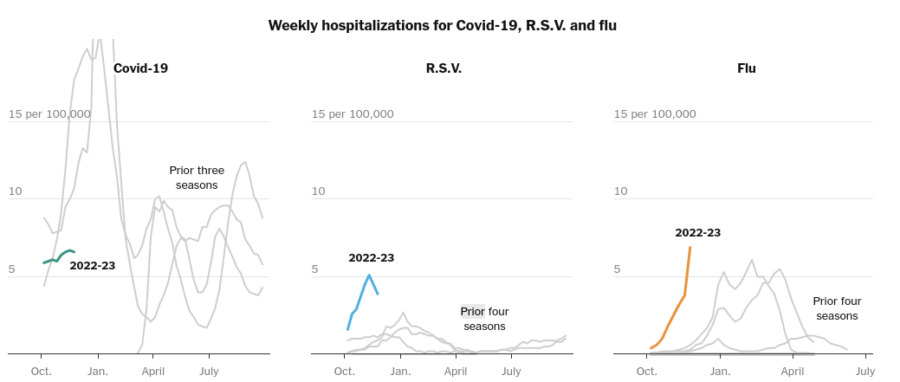

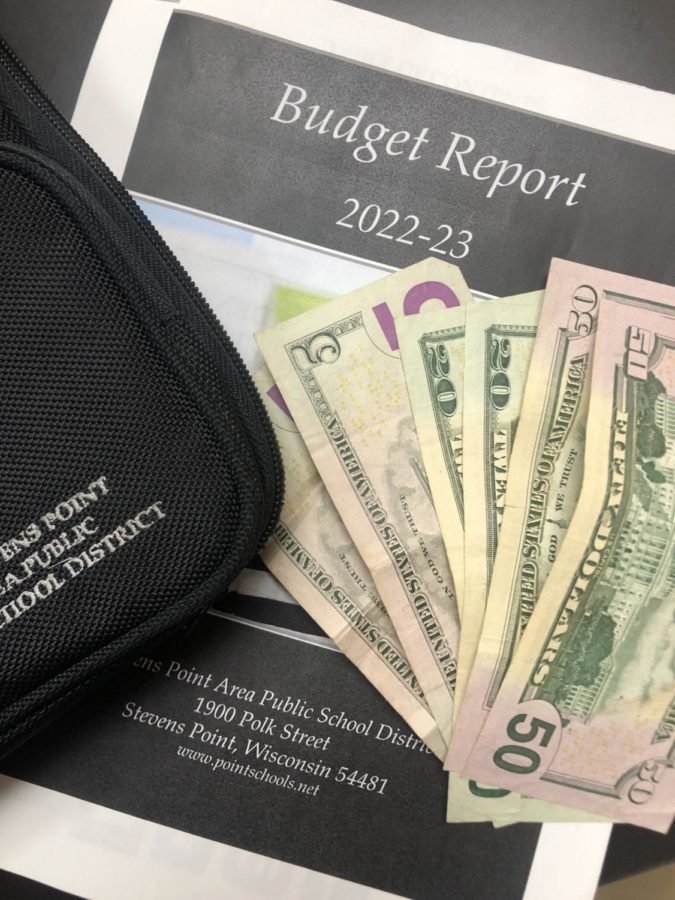


















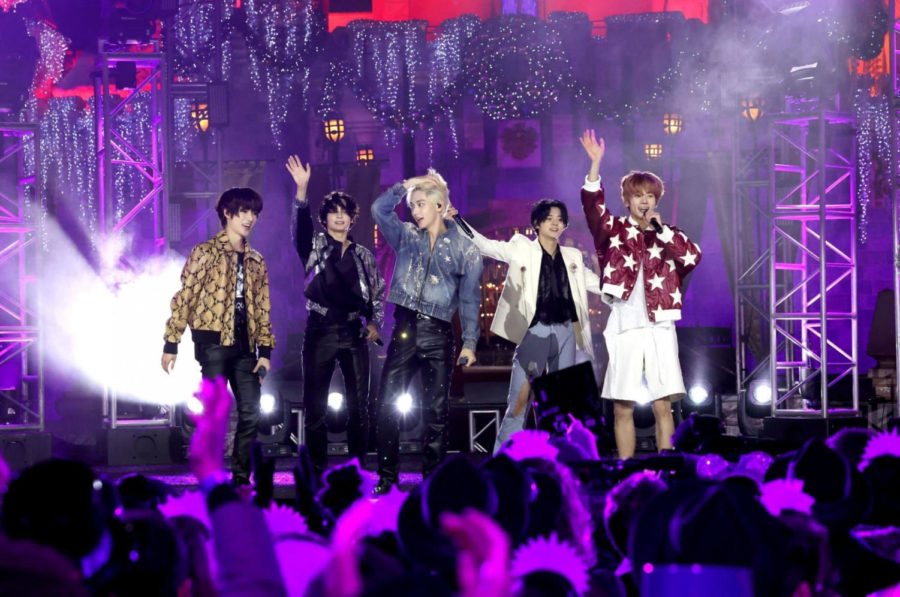

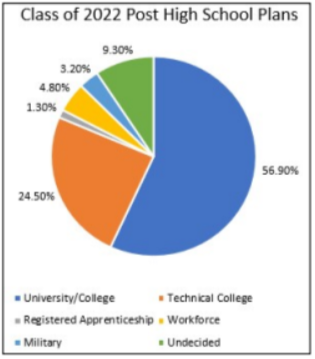
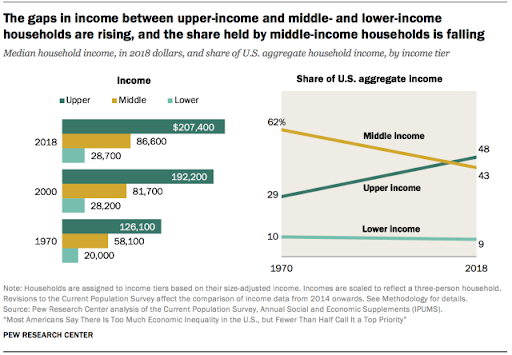
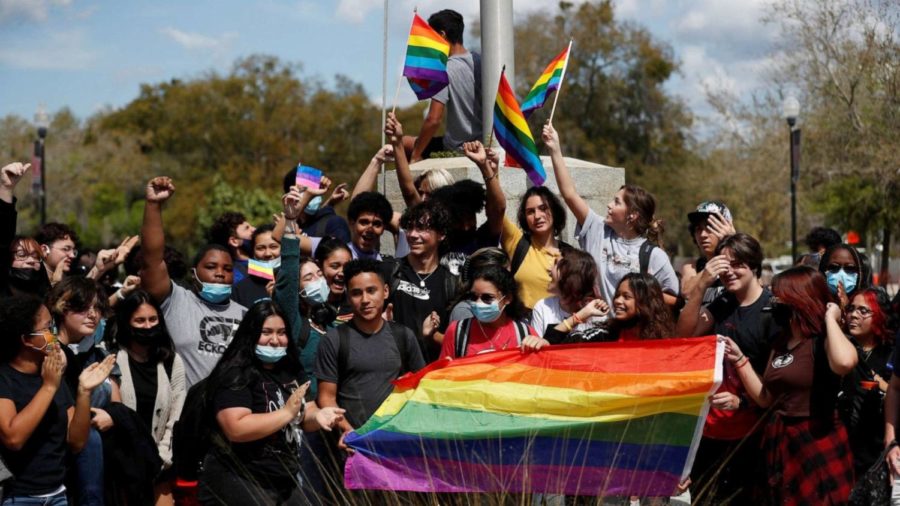


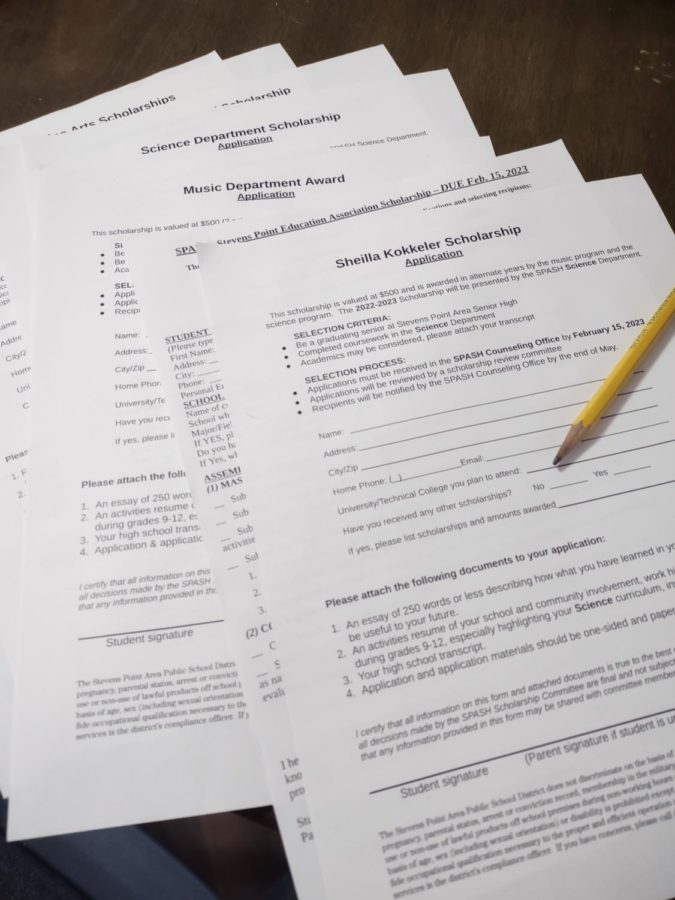


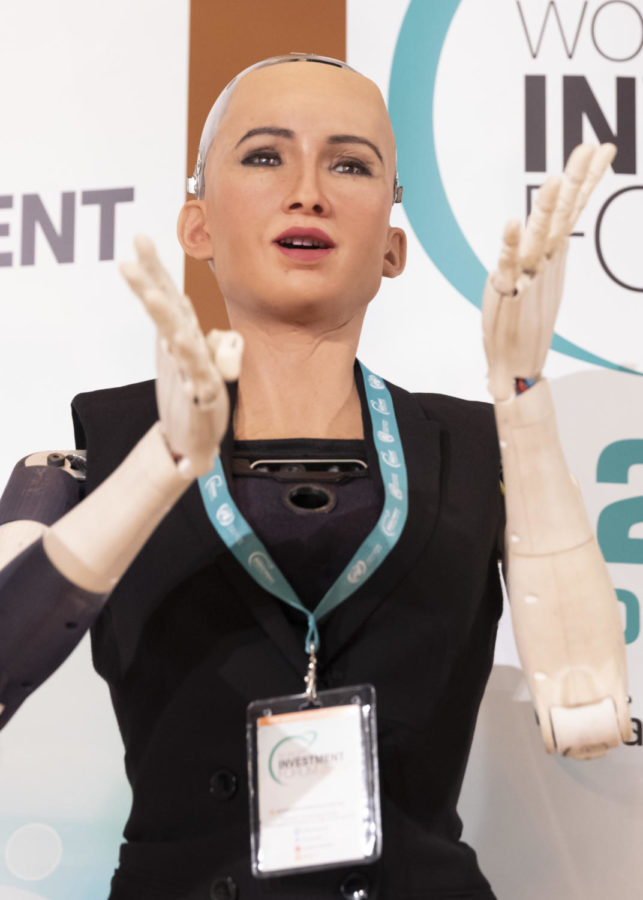


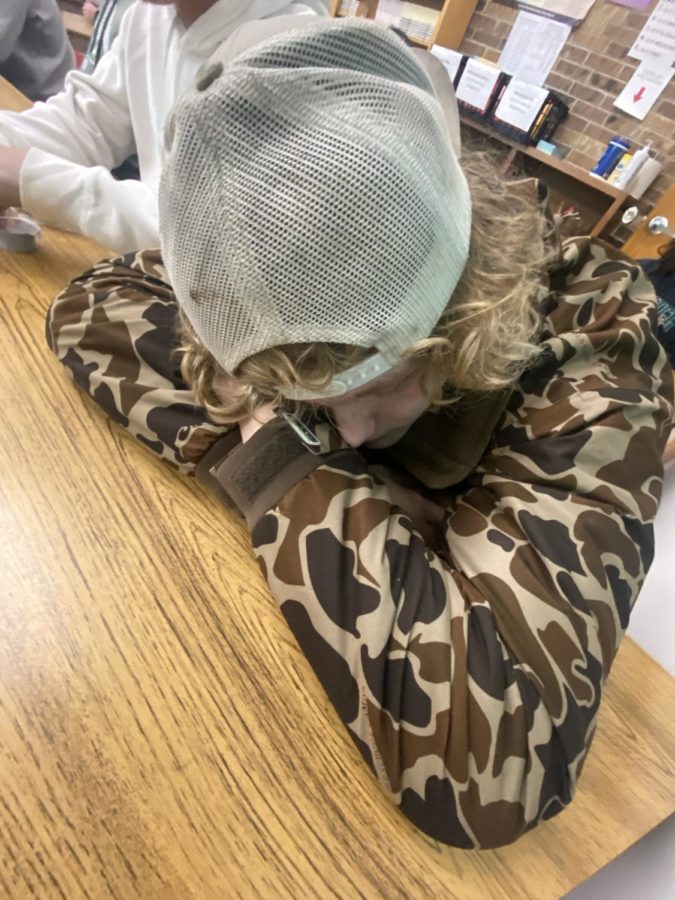

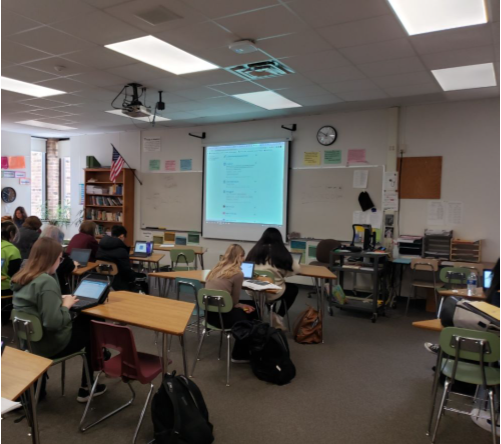






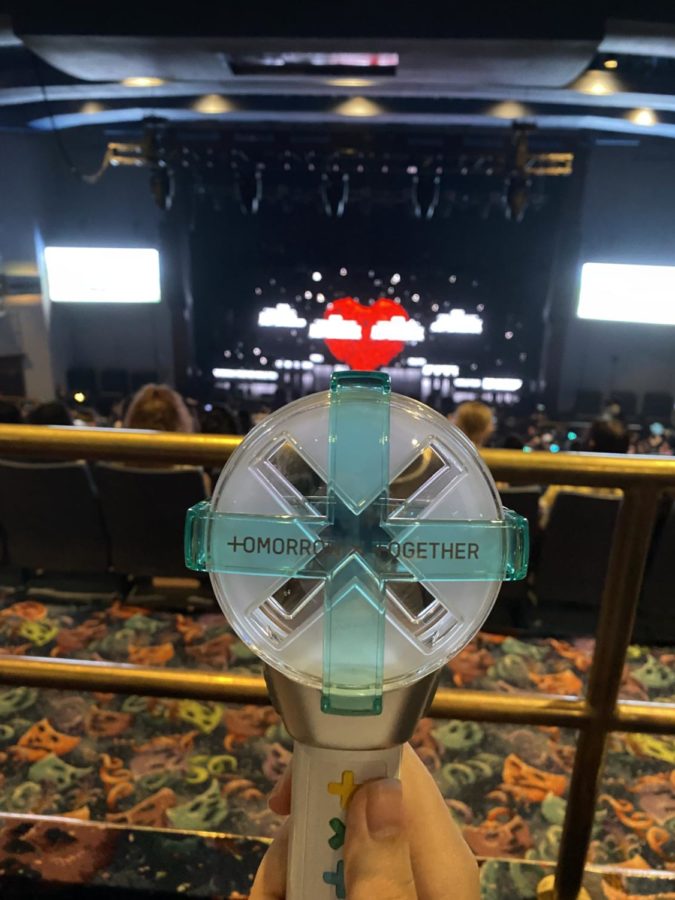

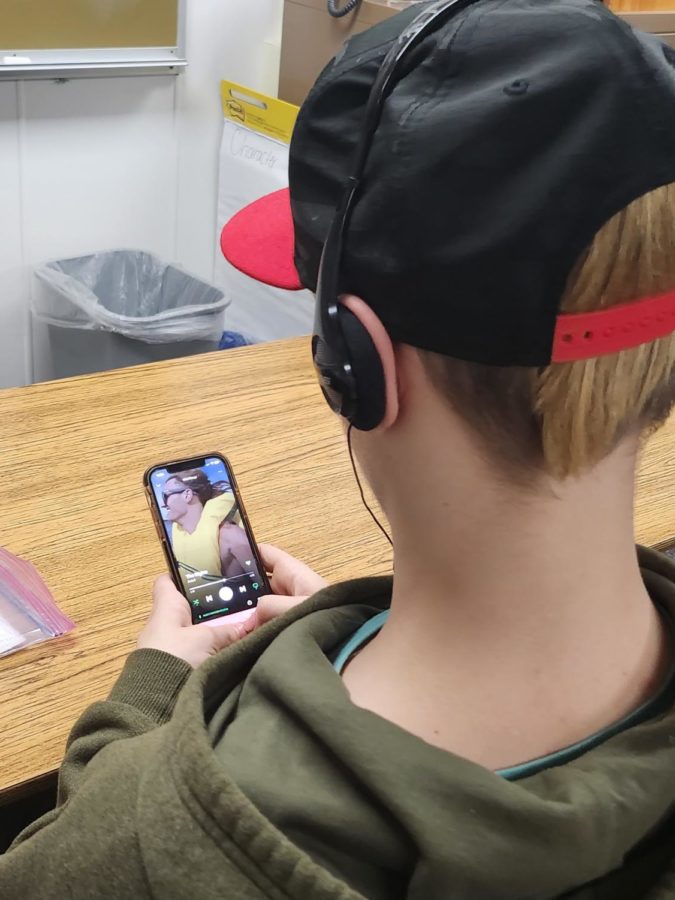






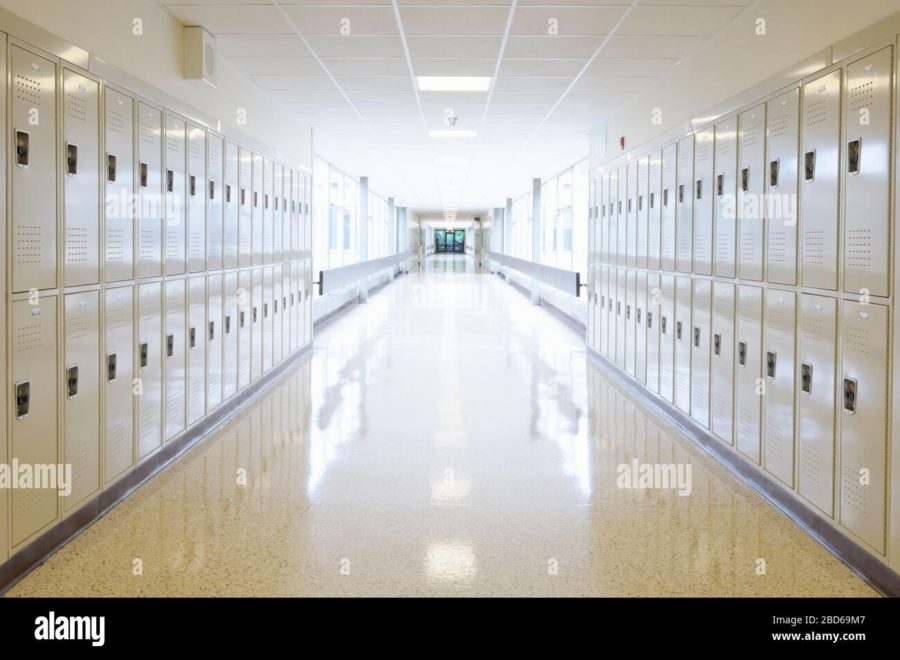

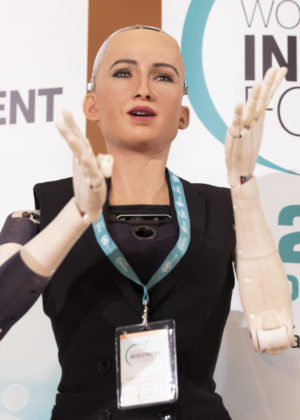

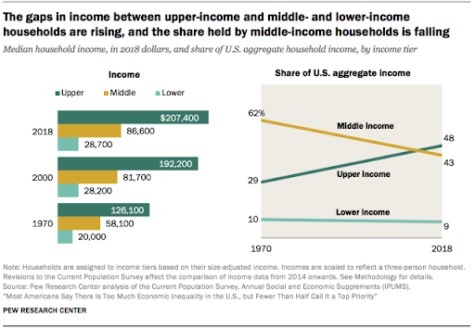

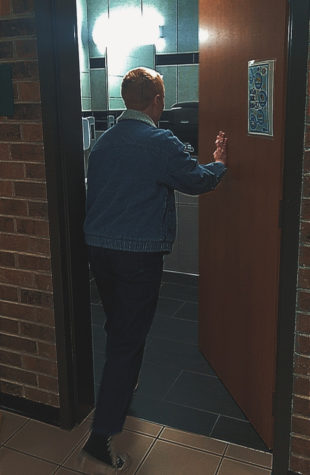
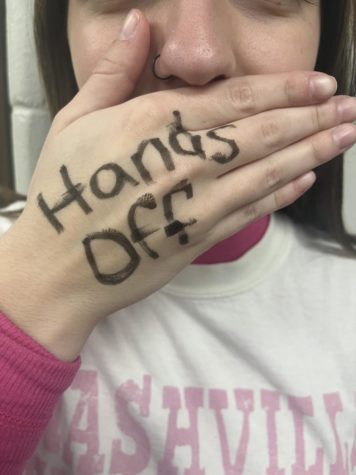
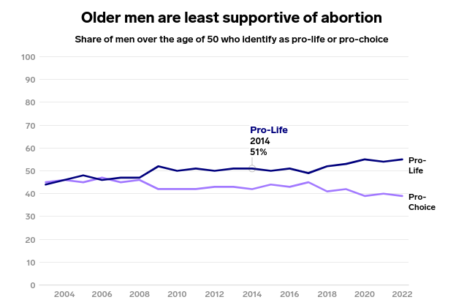
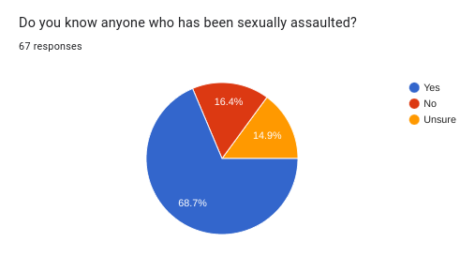
Indy P. • Dec 16, 2021 at 8:53 AM
I think this is such an important topic to talk about. The usage of evidence throughout the article made your statement very appealing. As a young woman, I find it easy to connect with a lot of the things you mentioned, which made this read even better. This is great!!
Macie • Dec 16, 2021 at 8:41 AM
I love how you are willing to discuss this topic. It’s so important to so many people. Lots of people that are effects are too worried to voice their opinions in fear of being even more targeted. Appreciate how you take a voice for those who wont.
Madi • Nov 8, 2021 at 7:49 AM
Jadyn, I loved this topic and think it is so important to talk about. I thought this article summarized everything really well as well as clearly organized. You additionally had amazing sources and background information.
Candela Francoso • Nov 5, 2021 at 1:43 PM
This is such an important topic to talk about, and i think Jadyn made a really job talking about it in a really truthful way, without hiding anything. It was so interesting to read, and also she did a really good job adding all of that statistics that make the text really complete.
Nora • Nov 5, 2021 at 1:40 PM
This is such an important topic, I love how this is structured and the solution you came up with. All of your statistics, information, and quotes are amazing.
Kaitlyn Lohr • Nov 5, 2021 at 1:29 PM
This article is very well written and on an important topic! I love the way you used your sources, and your inputs that followed.
Alex Cornell • Nov 5, 2021 at 1:18 PM
I really liked how your article fed into the argument of dress codes being sexist, and how they are also targeting the “popular” girls. It was very informative, and the evidence used really helped your argument.